Every lake, swamp, and coastal delta has its own “winged business card.” Yet the tail feather, which flashes for a moment among the reeds, is an enigmatic password to most observers. TypeCalendar’s Duck Identification Chart collection brings together more than 120 species from the Northern Shoveler descending at sunrise in Alaska to the Muscovy Duck in the Amazon Basin through clear comparative illustrations.

More than 31 PDF templates align the Mallard, Teal, Pochard, Wigeon, and Sea Duck families in a single table that shows head‑cheek color transitions, wing‑top “speculum” colors, beak‑groove patterns, and flight‑silhouette icons. Thus you get a comprehensive reference that answers the duck ID question anywhere in the world at a glance.
Table of Contents
Printable Duck Identification Charts
How are the Files Presented ?
TypeCalendar offers each template in multiple formats, making it suitable for every scenario, from the field to the computer screen. The printer ready PDF versions are saved in A4 and US Letter sizes at 300 dpi, showing even the finest tonal differences in the breast spots clearly; they can be protected from moisture during laminated and wetland trips. Word (.docx) versions let you add notes locking photo and text boxes so entering a GPS coordinate, weather forecast, or companion‑bird note takes only a few keystrokes.
Google Docs replicas support real‑time collaboration. When an observer adds a date and subtype to their row, the document updates instantly in the cloud.Fully vector SVG files allow unlimited recoloring and scaling in Illustrator, Affinity, or Canva, with zero pixelation even on a museum‑size poster. As a bonus, the PowerPoint version includes animated “dabbling vs. diving” behavior diagrams, making classroom presentations interactive.
Field and Classroom Use
When you pull out the PDF at a garden pond or an observation tower along the Mississippi Flyway, the two‑inch scale bar in the margin lets you estimate wingspan in seconds. Point your scope at a new flock and match breast color to the wing speculum; the seasonal plumage becomes immediately clear. In the classroom, students mark the “dabbling” (surface‑feeding) and “diving” columns with different highlighters and compare niches side by side; the color coding animates food‑chain discussions.
Austin Audubon club members fill in the “Migration Window” field in the Google Docs spreadsheet, converting the landing dates on the Texas coast into a collective calendar.
Templates Design Details
Each family hood is highlighted with a unique color band green dabbling ducks, orange diving ducks, blue sea ducks, so visual scanning is accelerated even under field conditions .Latin scientific names are presented in italics, English common names in bold font; this typographical distinction prevents novice observers from confusing the terms. A QR code at the bottom of the table links to the Cornell Lab of Ornithology’s “All About Birds” database, so voice recordings and migration maps open with one tap on any connected phone.
Download and Start Identifying Ducks
Download the Duck Identification Chart templates archive waiting for you on TypeCalendar now; print and laminate the PDF, add your observations to the Word file or color the SVG according to the club newsletter. When the first wave of migration arrives, turn your binoculars to the surface, the guide is in your pocket, and recognizing the right species is now a matter of a few seconds.
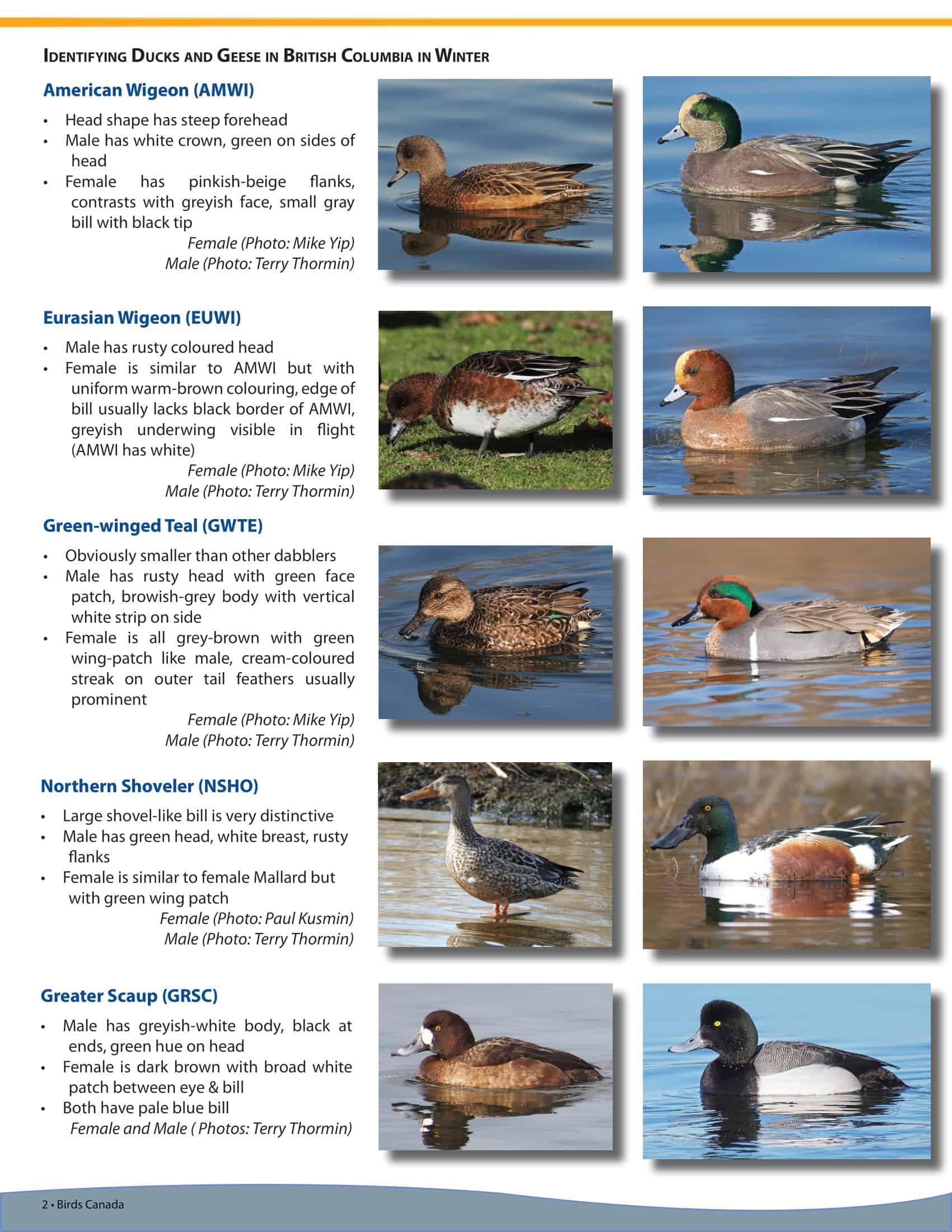


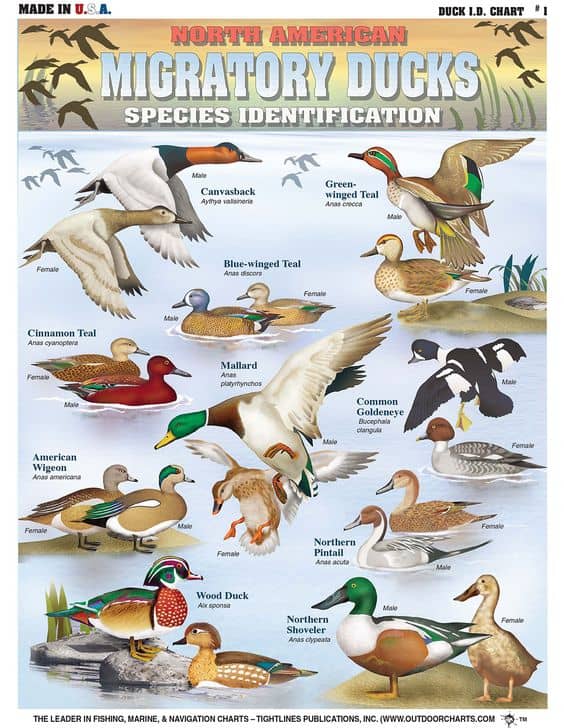











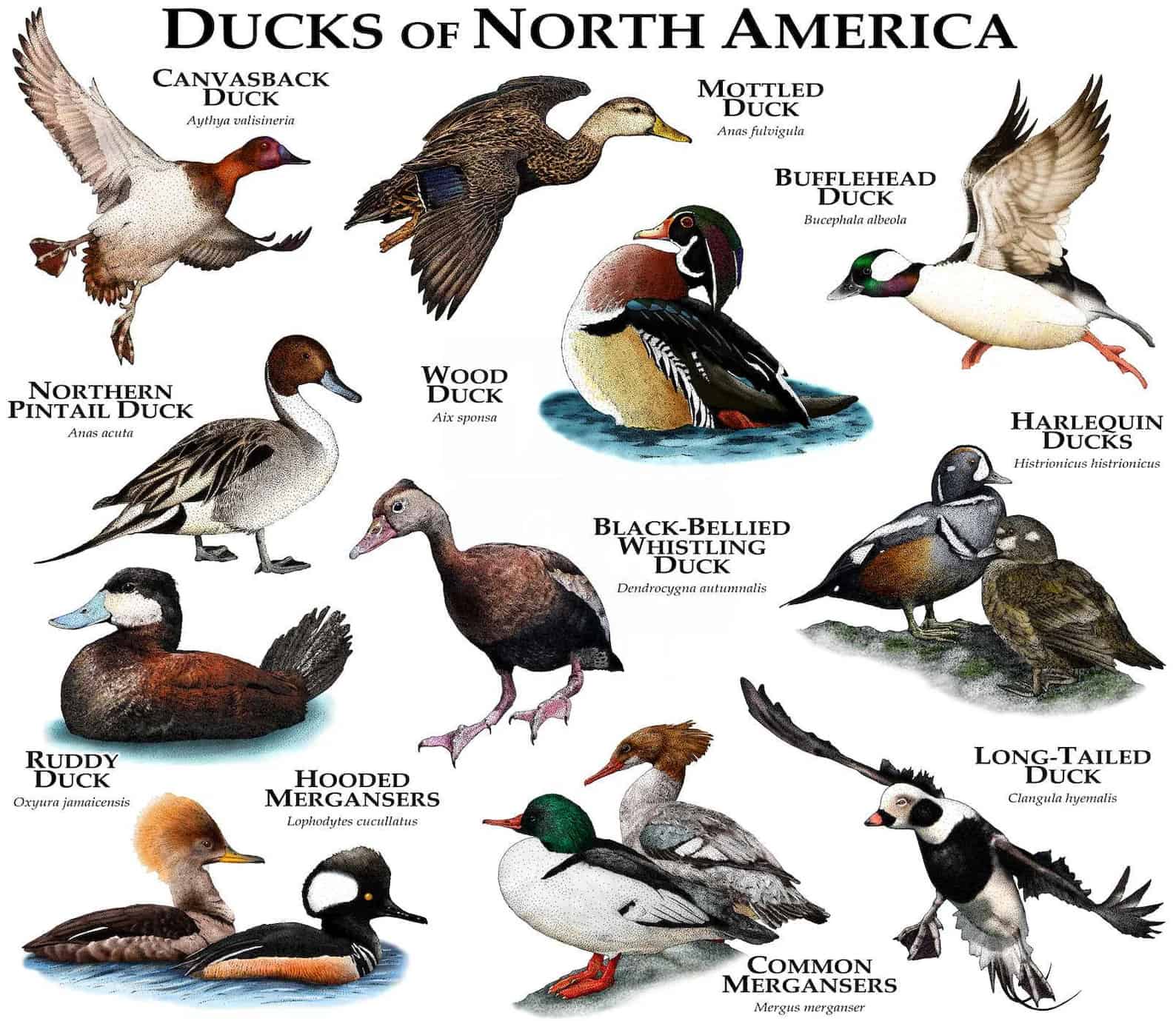

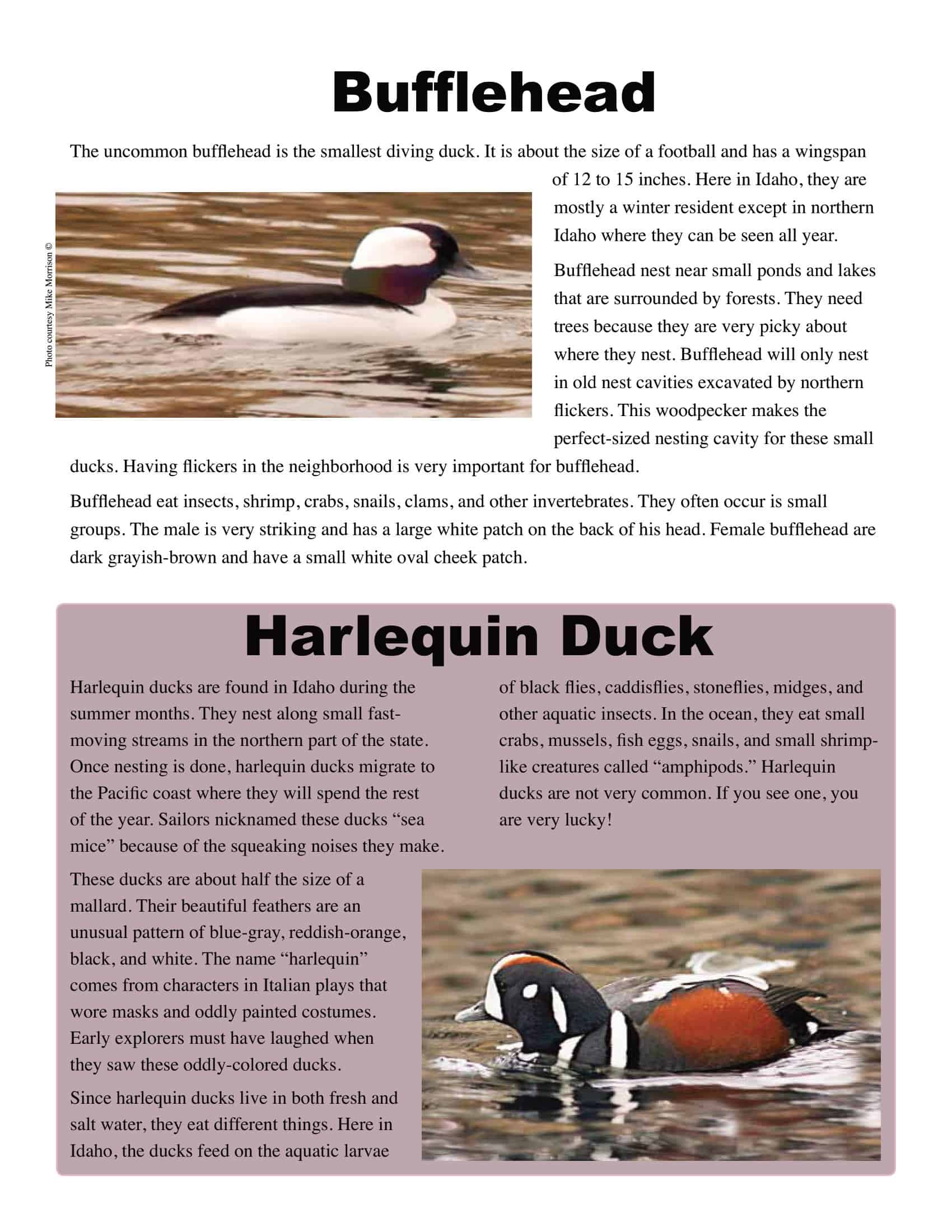






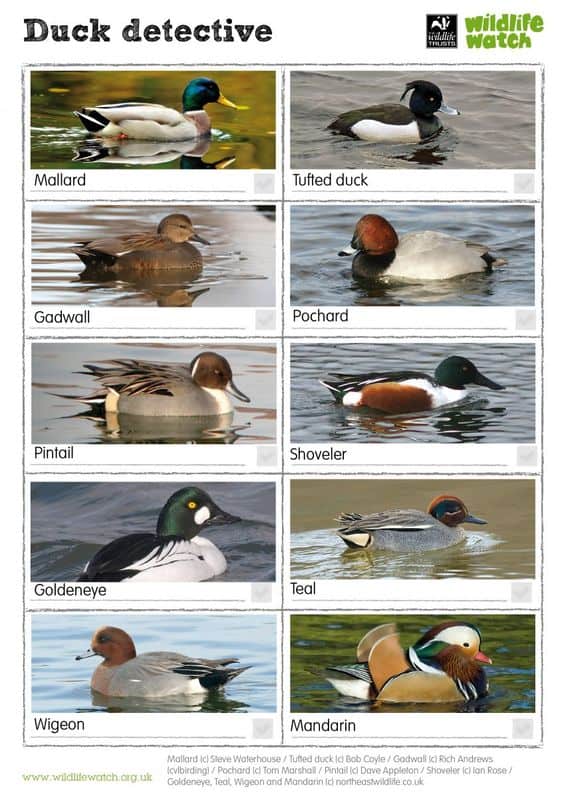






![Free Printable Morse Code Charts [Numbers, Alphabet] 1 Morse Code Chart](https://www.typecalendar.com/wp-content/uploads/2023/09/Morse-Code-Chart-150x150.jpg)


